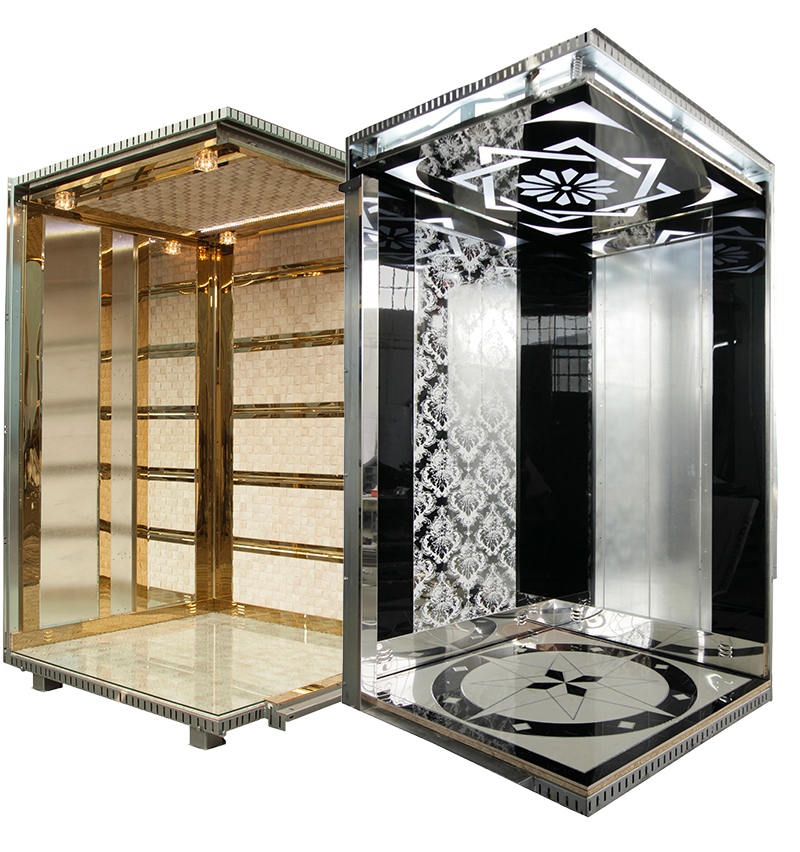Scissor lifts, those remarkable feats of engineering, operate on a captivating principle that marries mechanics with efficiency. At the core of their functionality lies an ingenious mechanism that enables seamless vertical movement. This mechanism, characterized by a network of crisscrossing metal supports, forms the foundation of the scissor lift’s remarkable capabilities.
When pressure is applied, either through a hydraulic or electric system, the scissor lift’s metal supports extend or retract, resembling the movement of a pair of scissors. This controlled elongation and compression allow the platform to ascend or descend smoothly, guided by the steady rhythm of the scissor-like action. The transition between these states is fluid and precise, ensuring that operators can position themselves with accuracy, whether they’re conducting maintenance tasks on towering structures or handling intricate installations.
Moreover, the inherent stability of scissor lifts arises from this mechanism. As the metal supports interlock and provide mutual reinforcement, the lift remains steady even when elevated to significant heights. This stability is a critical feature that distinguishes scissor lifts from other forms of vertical access equipment. Workers can carry out tasks with enhanced confidence, knowing that the platform will remain secure and steady, regardless of the elevation.
Scissor lifts’ adaptability is another aspect governed by their mechanism. The ability to customize these lifts to specific weight capacities and vertical requirements speaks to their versatility. Whether used in construction, warehousing, or even entertainment, scissor lifts can be tailored to suit a wide range of applications. This adaptability underscores their relevance across diverse industries and amplifies their contribution to streamlining various vertical tasks.
Get Free QuotesApplications Across Industries

In today’s rapidly evolving landscape, technology’s influence is palpable across industries, revolutionizing the way they operate. The automotive sector, for instance, has harnessed automation to enhance manufacturing efficiency. Robots are now employed to assemble intricate components with precision, resulting in higher production rates and fewer errors. Additionally, active safety systems like lane departure warnings and automatic emergency braking have made driving safer.
Moving into the healthcare realm, technology has ushered in a new era of medical treatments and diagnostics. Advanced imaging techniques such as MRI and CT scans offer unprecedented insights into the human body, aiding in accurate disease diagnosis. Surgical procedures have also become more precise through the integration of robotic assistance. Furthermore, wearable devices equipped with sensors actively monitor vital signs, allowing for real-time health tracking and early intervention.
The financial sector, too, has undergone a paradigm shift due to technological applications. The rise of fintech has democratized financial services, making transactions more accessible and convenient. Online banking, mobile payment apps, and cryptocurrency have reshaped the way individuals manage their money. Moreover, algorithmic trading powered by artificial intelligence has transformed investment strategies, enabling faster decision-making and optimizing portfolio performance.
Education is another arena greatly impacted by technology. Traditional classrooms are now supplemented with online learning platforms, enabling students to access resources remotely. Virtual reality has made immersive learning experiences possible, taking students on virtual field trips or allowing them to explore complex concepts visually. Moreover, adaptive learning systems powered by AI tailor educational content to individual student needs, enhancing engagement and comprehension.
Get Free QuotesAdvantages: Safety and Efficiency

Advancements in technology have led to numerous advantages across various domains, prominently in terms of safety and efficiency. In industries such as manufacturing and construction, the integration of automated systems has significantly bolstered workplace safety. Robots and AI-driven machines can handle hazardous tasks, reducing the risk of injuries to human workers. For instance, in manufacturing plants, robots are employed to handle tasks involving toxic materials, high temperatures, or precision-based activities, thereby minimizing human exposure to potential dangers.
Furthermore, technology has revolutionized transportation, enhancing both safety and efficiency. The automotive sector has witnessed the implementation of advanced driver assistance systems (ADAS), like adaptive cruise control and collision avoidance, which actively prevent accidents and reduce human error. These systems operate seamlessly to detect potential dangers on the road and take corrective actions, thus fostering safer driving experiences.
In the realm of healthcare, technology has proven to be a life-saver. Medical devices, equipped with sensors and real-time monitoring capabilities, have enabled early detection of health issues. Patients can now wear devices that track vital signs and send alerts to medical professionals in case of emergencies, allowing for timely interventions. Additionally, electronic health records have streamlined patient data management, reducing errors in diagnosis and treatment, and consequently enhancing patient safety.
Efficiency gains are equally significant, with technology optimizing various processes. The business landscape has embraced automation to streamline operations, leading to improved productivity. Workflow automation software, for example, expedites repetitive tasks, allowing employees to focus on more strategic endeavors. Moreover, data analysis powered by AI has transformed decision-making processes, providing accurate insights for better-informed choices and thus, enhancing overall organizational efficiency.
Get Free QuotesAccess Technologies: Pioneering Innovation

In the dynamic landscape of modern technology, access technologies have emerged as trailblazers of innovation, reshaping the ways we interact with information and the world around us. These technologies encompass a range of tools and solutions designed to bridge accessibility gaps for individuals with disabilities. One remarkable area of impact is in communication. Augmentative and alternative communication (AAC) devices, for instance, empower people with speech impairments to express themselves clearly and independently. These devices utilize symbols, text-to-speech, and even eye-tracking technology, enabling effective communication and fostering inclusivity.
Education is another realm where access technologies have spearheaded transformative change. E-learning platforms, equipped with accessibility features such as screen readers, closed captioning, and adaptive interfaces, ensure that individuals with various disabilities can access educational content seamlessly. This not only democratizes learning but also opens doors for people who may have faced traditional barriers. These technologies facilitate independent learning and empower individuals to acquire new skills and knowledge.
In the workplace, access technologies have played a pivotal role in promoting diversity and equal opportunities. Adaptive software and hardware, like screen magnifiers, voice recognition tools, and ergonomic devices, enable employees with disabilities to perform their tasks efficiently. This not only enhances their job satisfaction but also contributes to a more inclusive work environment where diverse talents and perspectives are valued. As a result, businesses are tapping into a broader pool of talent and reaping the benefits of a more diverse workforce.
In the realm of entertainment and leisure, access technologies have unlocked new avenues for participation. Audio descriptions and closed captioning in movies and TV shows cater to individuals with visual or hearing impairments, ensuring they can enjoy content that was previously inaccessible. Additionally, advancements like haptic feedback and gesture recognition in gaming have made interactive experiences more immersive for players of all abilities.
Get Free Quotes



